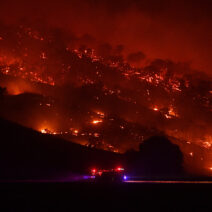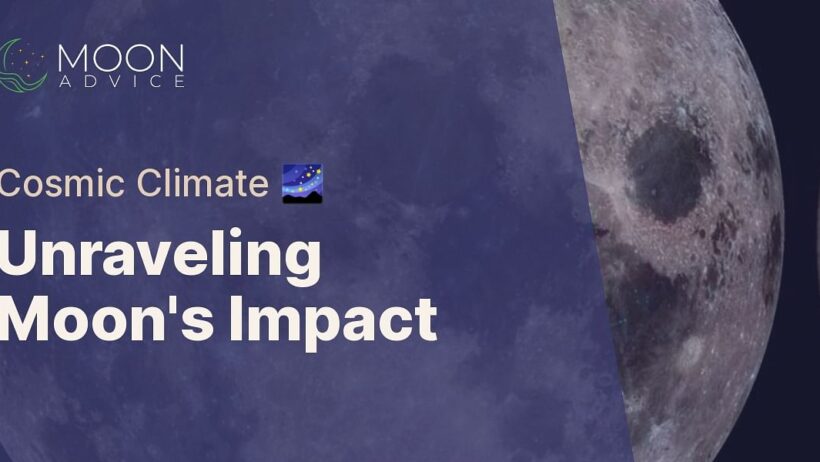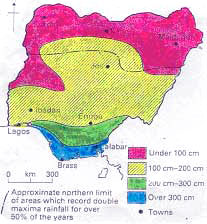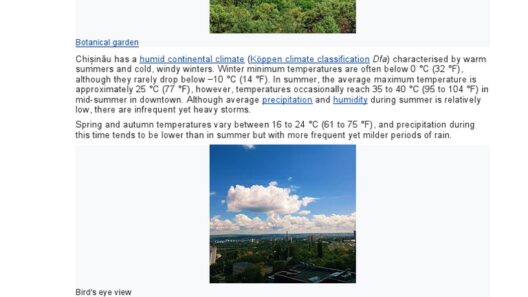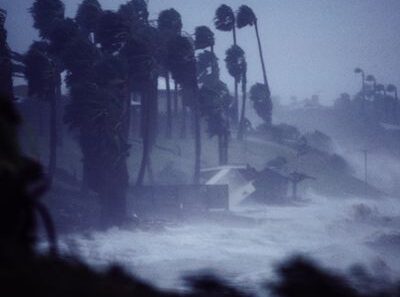The Moon, Earth’s lone satellite, has long captivated the imagination of scientists and laypersons alike. Its ethereal glow has inspired myths, poetry, and even scientific inquiry. Yet, while we gaze upon its serene visage, are we fully aware of the tumultuous and unforgiving climate that prevails on this celestial body? What, one might ponder, really defines the Moon’s climate? Beyond the romanticism lies a stark reality: the Moon’s surface evokes a landscape eerily reminiscent of a post-apocalyptic world. So, what constitutes the moon’s climate, and how does its weather compare to what we experience back on Earth?
To discuss the Moon’s climate is, in essence, to confront an extreme environment. The stark dichotomy of temperature is one of the most defining characteristics. While Earth enjoys a relatively stable range in temperature due to its atmosphere, the Moon’s surface temperatures are dramatically harsh. During the lunar day, which lasts approximately 14 Earth days, temperatures can soar to about 260 degrees Fahrenheit (127 degrees Celsius). Conversely, during the long lunar night, temperatures plummet to around -280 degrees Fahrenheit (-173 degrees Celsius). This extraordinary temperature fluctuation occurs due to the absence of an atmosphere capable of retaining heat, rendering the Moon susceptible to extreme thermal extremes.
Consider the implications of this cruel climate. How might life, as we know it, persist in such an environment? The answer may lie in the Moon’s geology and regolith, comprised of fine dust and rocky debris. This regolith, formed through eons of meteoric impacts, does not have the capability to support life. Water, an essential ingredient for life as we understand it, is extremely scarce on the lunar surface.
However, recent missions and research have suggested that there may be water trapped in shadowed craters and pockets, albeit in minuscule quantities. These findings raise tantalizing questions: Could these icy reserves present opportunities for future lunar colonization? Or might this remnant of water play a crucial role in longer missions intended for Mars or beyond? Nevertheless, the current state of lunar weather presents formidable challenges.
Atmospheric pressure is virtually nonexistent on the Moon, which creates a vacuum environment. This absence of pressure leads to the phenomenon known as space weathering. Solar winds bombard the lunar surface, gradually altering its composition. Without an atmosphere to disperse heat and protect against solar radiation, surfaces are exposed to intense cosmic rays that can compromise materials and potentially pose dangers to any human presence.
Moreover, the Moon lacks a protective magnetic field, further exacerbating its vulnerability to the harshness of space. Without this shield, the Moon is subjected to eroded surface material and the constant threat of solar flares, which could be detrimental to technology dependent on sensitive instruments. So, how might this influence plans for future lunar exploration? The quest to send human beings back to the Moon will undoubtedly face logistical challenges rooted in its inherent climate vulnerabilities.
Additionally, the Moon’s day-night cycle also has significant consequences for any missions planned on its surface. Equipment and habitats must be designed to withstand these temperature extremes. Innovations will be required to protect explorers from the heat during the day and preserve essential functionality at night. It begs the playful question: are we truly ready to embrace the intricacies of the Moon’s weather in our efforts to colonize it?
In the greater context of climate understanding, lessons from the Moon’s environment may provide insights into Earth’s climate systems. Extremophiles—organisms that thrive in extreme conditions on Earth—offer a window into possibilities of life adapting to similarly harsh climates elsewhere in the cosmos, including potentially the Moon. As we study this satellite, we glean knowledge applicable to our own fragile planet where climate change poses grave threats.
The Moon’s harsh weather conditions issue a call-to-arms for scientists, engineers, and environmentalists alike. Our engagement with this extraterrestrial terrain may not only shed light on lunar colonization but also instigate discussions on sustainable practices to protect Earth’s own climate. As we delve deeper into lunar exploration, it becomes increasingly evident that understanding extraterrestrial weather systems enhances our grasp of our own atmospheric intricacies.
Moreover, the unity of technology and biology comes to fore as we speculate about sustainable lunar habitats. With the right research and resources, it may one day be possible to create self-sufficient environments on the Moon akin to ecological systems on Earth. The quandary that emerges is multifaceted: can we learn to adapt and harness lunar resources to foster sustainability both beyond our atmosphere and back on our planet? Such questions invite exploration into creative solutions and collaborative visions.
To conclude, the Moon’s climate represents a compelling narrative of extremes, vulnerabilities, and possibilities. The harsh weather of our nearest celestial neighbor starkly contrasts with the often temperate conditions we experience on Earth. The Moon is not just a picturesque sight that looms in our night sky but a compelling case study in climate variability and resilience. As we seek to traverse lunar landscapes, we carry the weight of our responsibility to ensure that our endeavors resonate with our commitment to understanding and preserving Earth’s environment. Every challenge the Moon presents can become a roadmap toward a sustainable future, both in space and for our beleaguered planet.


